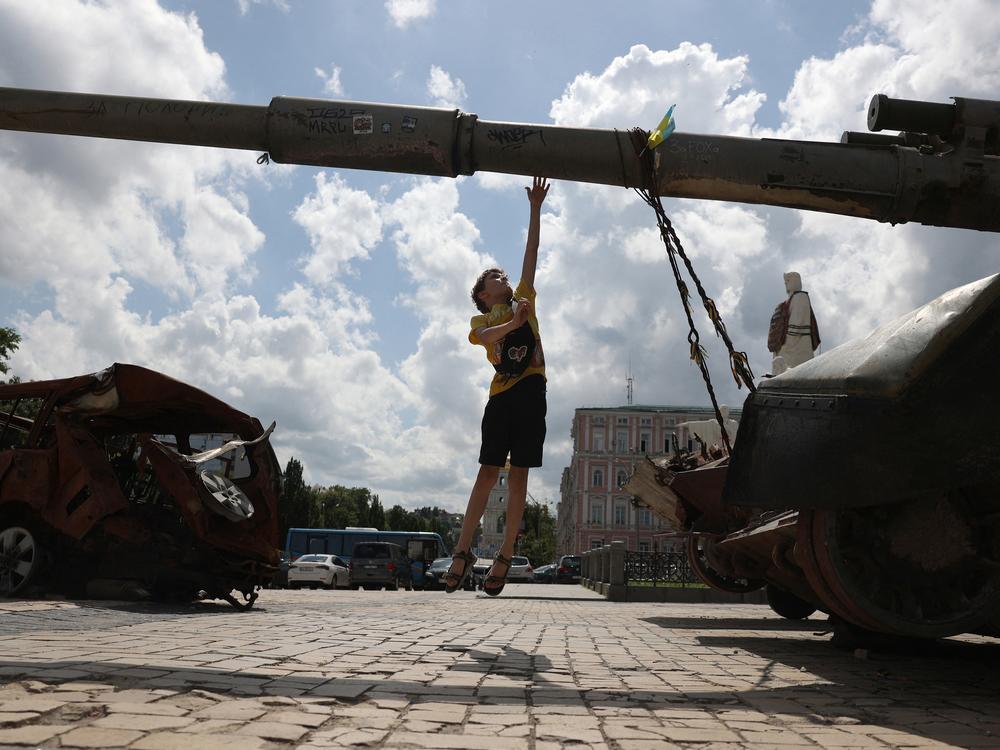Section Branding
Header Content
G7 agrees to loan Ukraine $50 billion from the interest on frozen Russian assets
Primary Content
Western leaders have agreed to loan Ukraine up to $50 billion to fight Russia and rebuild after the lengthy war, money that will be repaid over time from the interest accumulating on frozen Russian financial assets, a senior U.S. official told reporters.
G7 leaders are still working out the details of exactly how and when to distribute the money. The negotiations have been at the top of the agenda for the G7 leaders’ summit in Puglia, Italy.
What are the frozen Russian assets and how much are they worth?
When Russia invaded Ukraine in 2022, Western governments froze about $300 billion in Russian assets — including money, securities, gold and bonds — held mainly in banks in Europe.
Leaders of the G7 economies have agreed to use the interest generated by the assets — about $3 billion per year — to help Ukraine.
When will Ukraine get the loan?
Some of the details are still being worked out. The United States and European countries have different proposals for distributing the money.
Scheherazade Rehman, a professor of international finance at George Washington University, explained it in simple terms.
“The Europeans would like to transfer them to Ukraine yearly or every two years, so spread it out. The Americans, however, want to find a way to get this money very quickly to Ukraine all at once,” Rehman said.
The European proposal had been for about $3 billion a year go to Ukraine, and only interest from a certain part of the frozen Russian assets — $190 billion held by a company called Euroclear in Belgium — to be shared.
The U.S., on the other hand, wanted to give $60 billion to Ukraine up front, because Ukraine’s need on the battlefield is dire. Officials had said the interest generated from the frozen Russian assets would go toward paying back that money.
Rehman said Washington has the weaker hand in the debate because only about $5 billion of the $300 billion in Russian assets are held in the United States — and European nations are concerned about how they would be paid back for a big initial lump sum.
The agreement will likely be some sort of compromise between the European and U.S. proposals. But Rehman said recent elections in countries like France and Germany may also affect discussions.
“Europeans really have to get their act together at this G7 meeting because they’re on shaky ground just because of the European parliamentary elections that just took place where the hard right has now got a historic toehold,” she said.
“The Europeans are coming into this with very different footing than if this was 10 days ago.”


